History of Labor Party movements

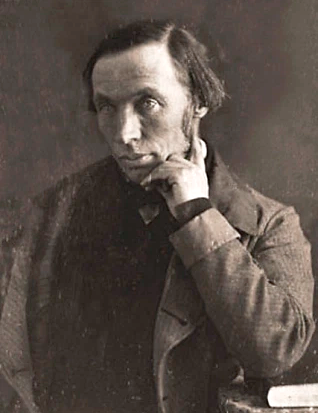
1. “Workies”: The World’s First Labor Party
Chapter One (First of 8-Part Series by Stan Phipps The idea of a Labor Party based on the existing trade union movement to defend working class interests is far from new. The origins of the concept can be traced to even before the much celebrated nineteenth century efforts of workers and farmers to create… Continue reading
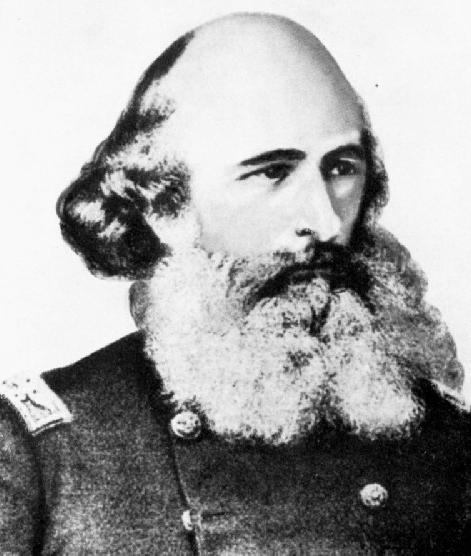
2. “Joseph Weydemeyer: Pioneer Advocate for a U.S. Labor Party
Chapter Two Ethnic diversity is one of the identifying characteristics of the working class in the United States. As a nation consisting largely of immigrants from Europe, Africa, Latin America, Asia, and the Pacific Islands, cultural pluralism has long been an important attribute of the workers’ movement in the U.S. The resultant multi-ethnic mosaic … Continue Reading
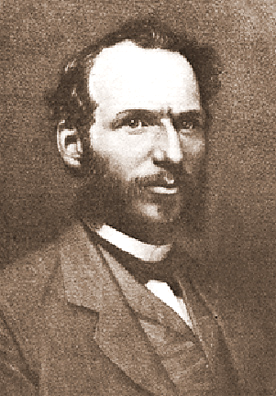
3. William Sylvis: Advocate for a Labor Party and a Workers’ International
Chapter Three William Sylvis, like Sam Gompers and John L. Lewis, is widely recognized as the personification of the trade union federation of his era which was national in scope. Some refer to Sylvis as the nation’s first “real labor leader” (Symes: 116) and the National Labor Union (NLU) as the first viable nation-wide… Continue Reading
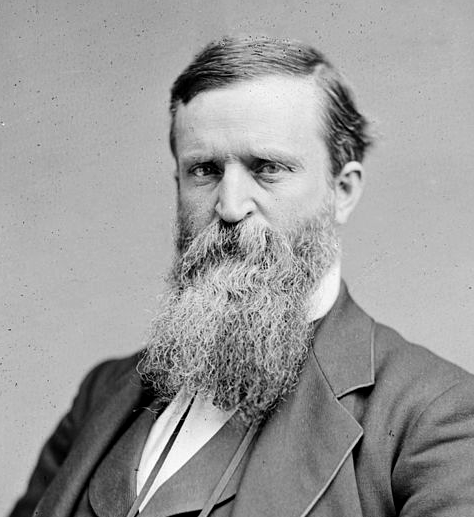
4. Greenback-Labor’s Struggle for a Just Monetary System
Chapter Four Labor, in the decade of the 1870s, pursued independent political action in a loose alliance with monetary reformers known as Greenbackers. The basis for the electoral coalition was a shared criticism of the existing system of banking and finance which seemed to be designed to concentrate wealth in the hands of the business… Continue Reading
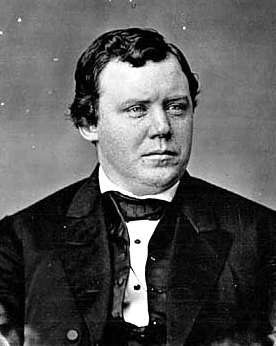
5. The People’s Party: an Insurgent Party of Farmers and Workers
Chapter Five “We meet in the midst of a nation brought to the verge of moral, political and material ruin. Corruption dominates the ballot box, the legislatures, the Congress and touches even the ermine of the bench. The people are demoralized. … The newspapers are subsidized or muzzled; public opinion silenced; business prostrate, our… Continue Reading
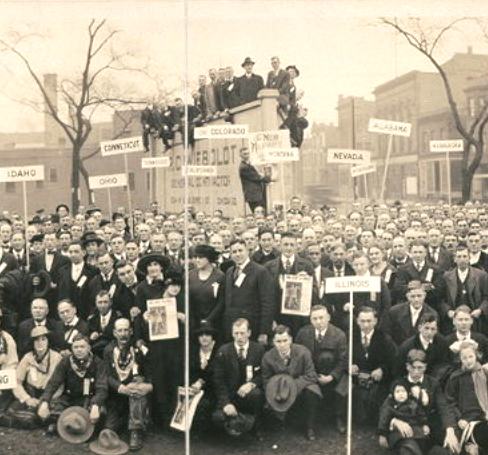
6. The Grassroots Labor Parties of 1919-1920: A Missed Opportunity for Labor
Chapter Six Over time, there is a great variance in the extent to which workers are willing to challenge their traditional inferior/dependent position in society and to resist actively economic exploitation. Some eras are noted for combativeness on the part of labor, while at other times apparent worker timidity and passivity seem to prevail… Continue Reading
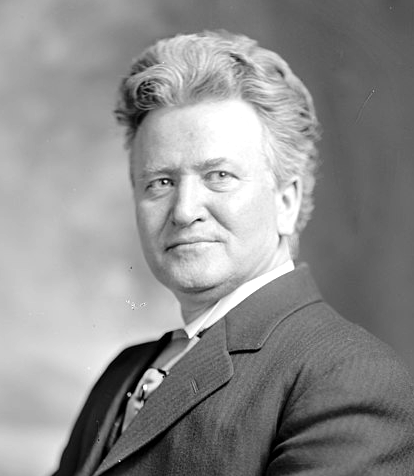
7. LaFollette’s “One Man Show” in the 1924 Presidential Election
Chapter Seven The Fruits of the Failure to Implement the United Front Strategy For advocates of a class-based political realignment in the United States, the most disorienting challenge to the Democrats’ and Republicans’ two-party political-monopoly is Robert LaFollette’s 1924 so-called “Progressive Party” campaign. A common misconception holds that this constituted the high-water mark in… Continue reading
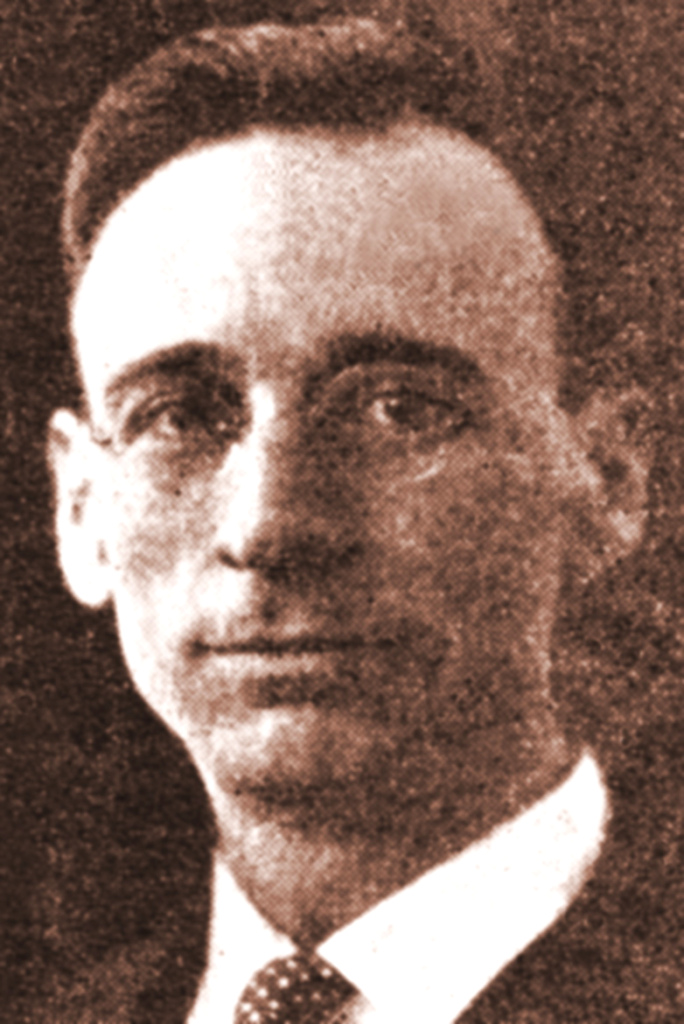
8. A.J. Muste and the League for Independent Political Action in the Late 1920s and ’30s
Chapter Eight The critical factor in building a viable Farmer-Labor political movement was the intimate, supportive involvement of national farmer and labor organizations. But this was not on the agenda between 1925 and 1931. After the abortive LaFollette campaign, both the American Federation of Labor (AFL) and the farmers’ Non-Partisan League (NPL) were in a… Continue reading

